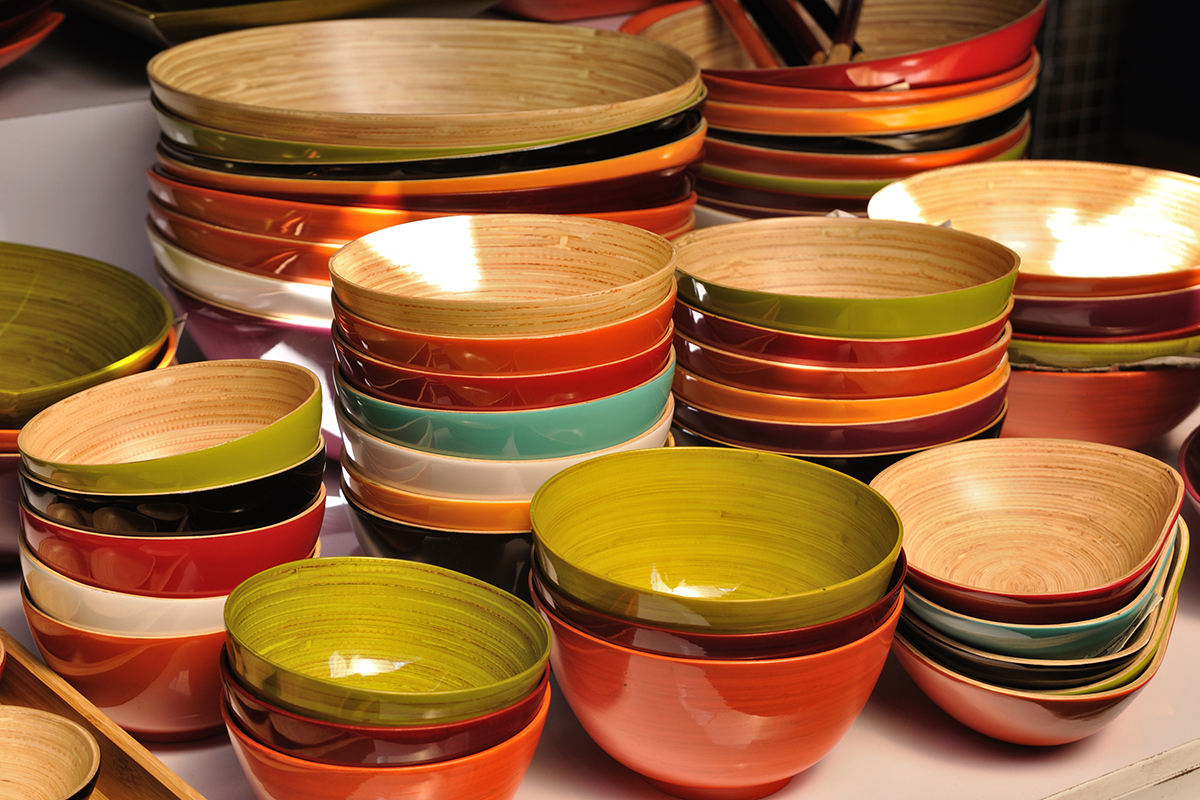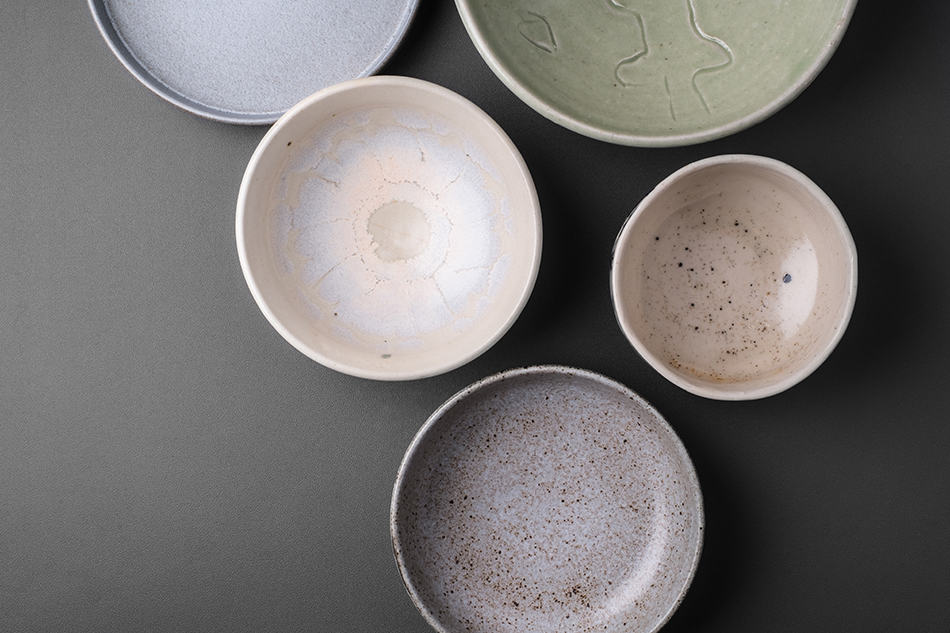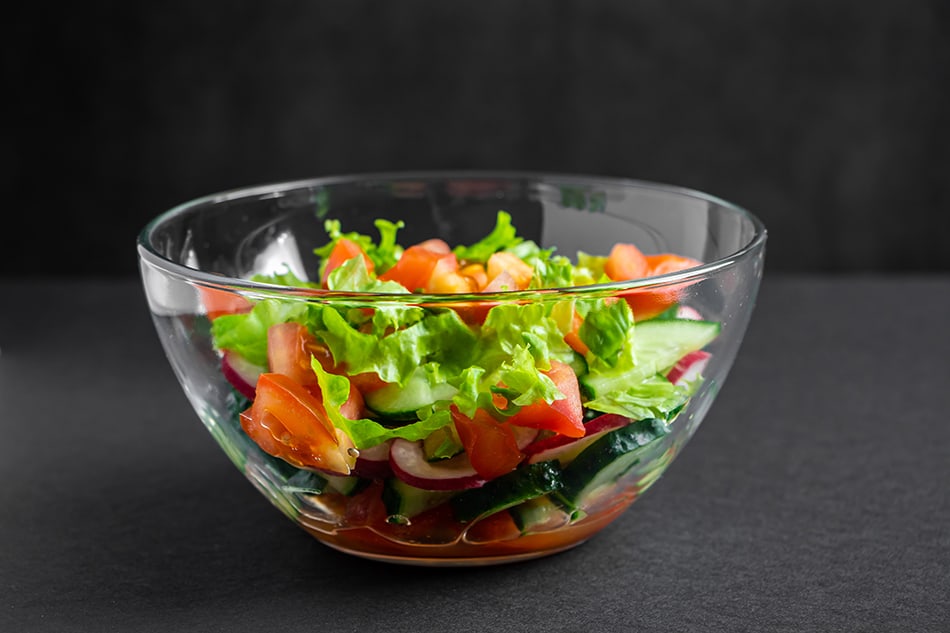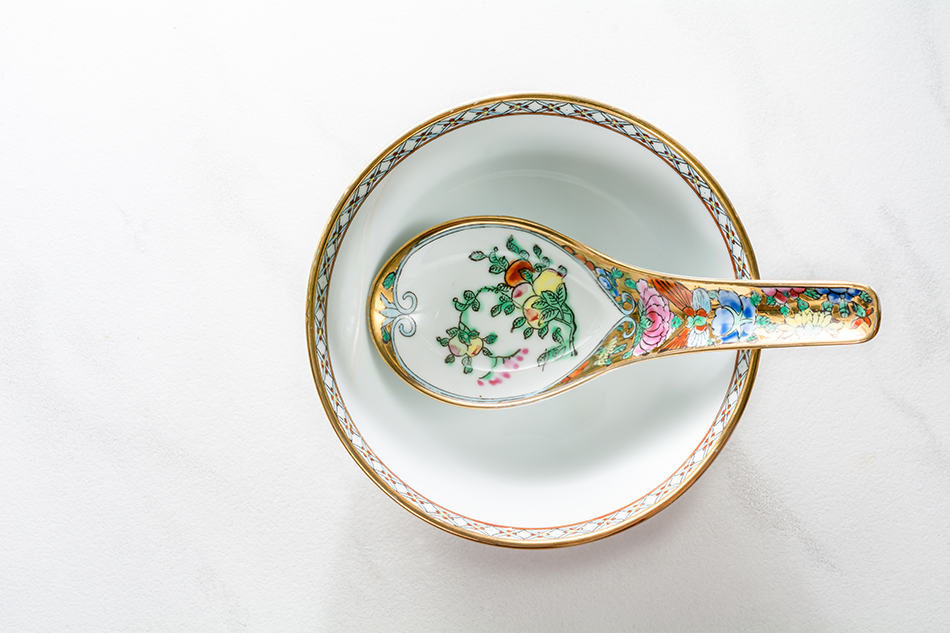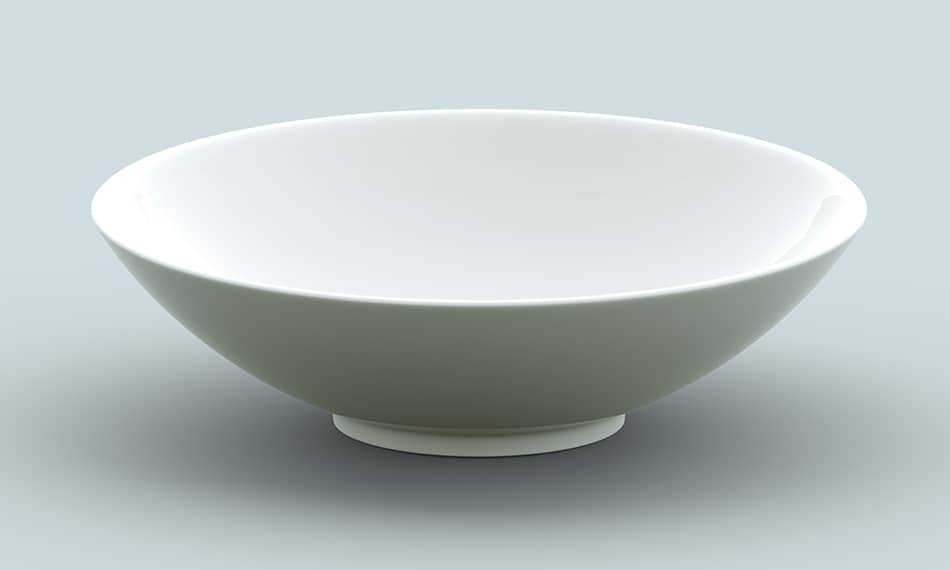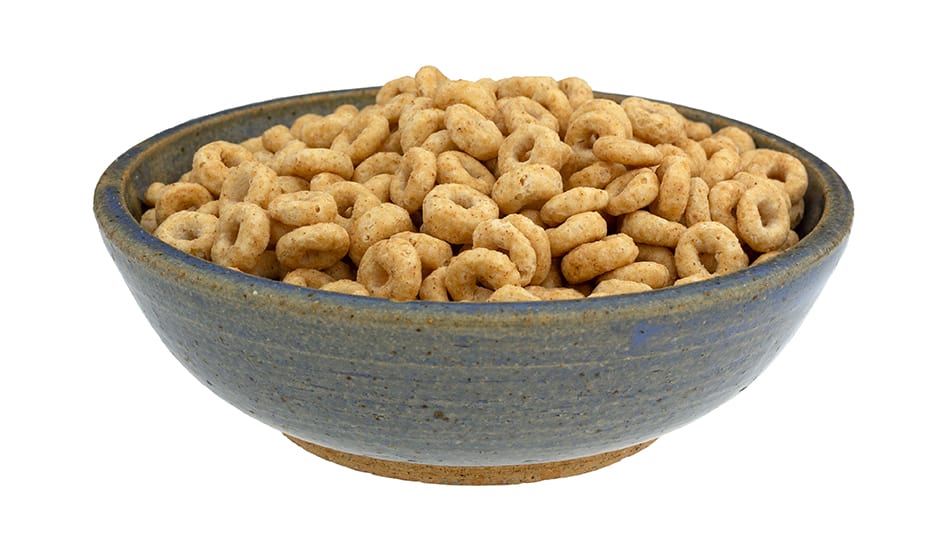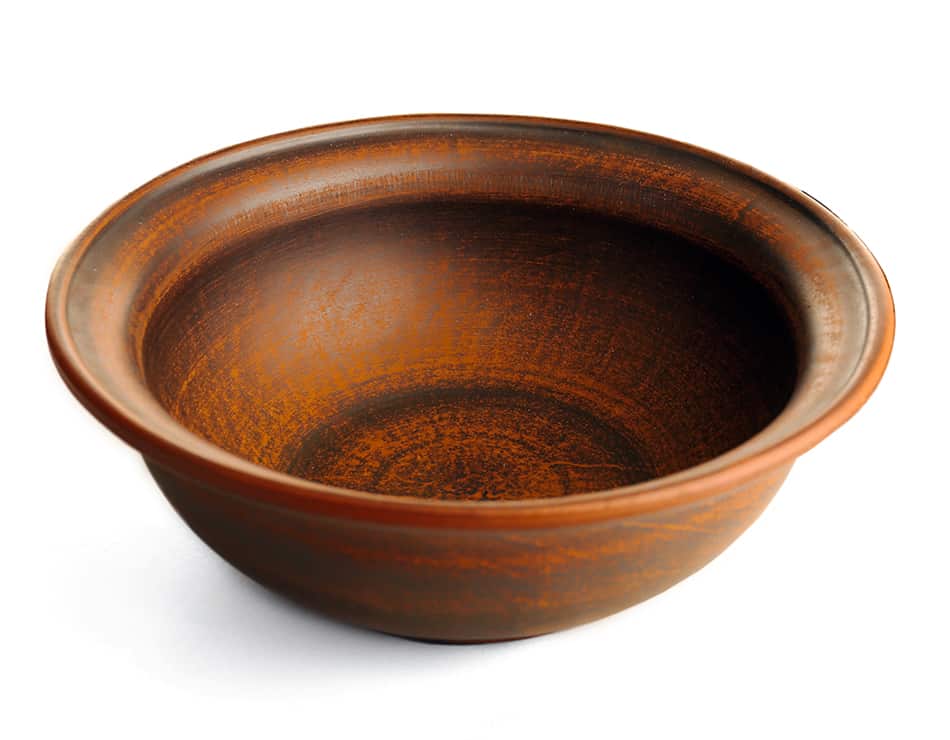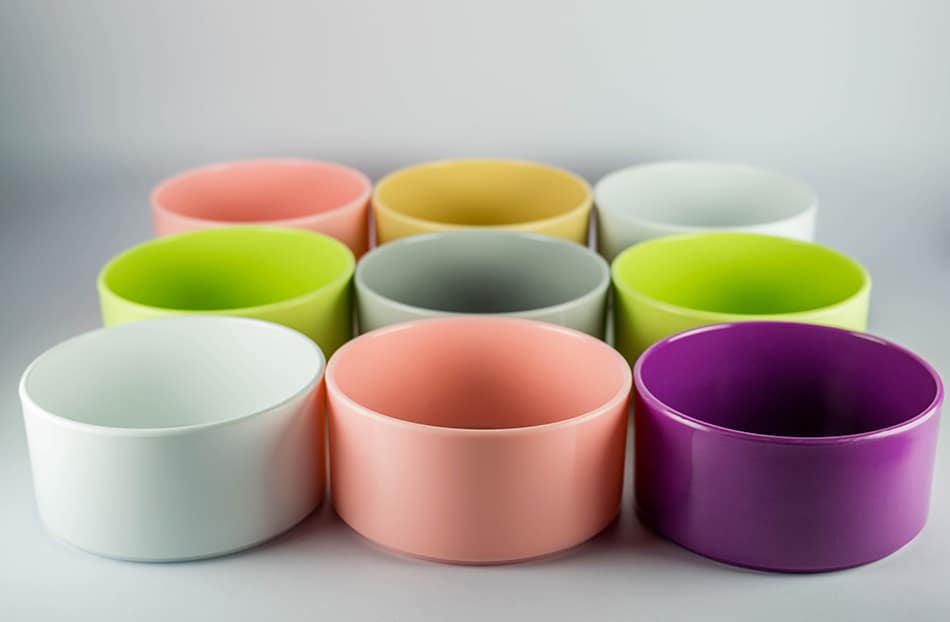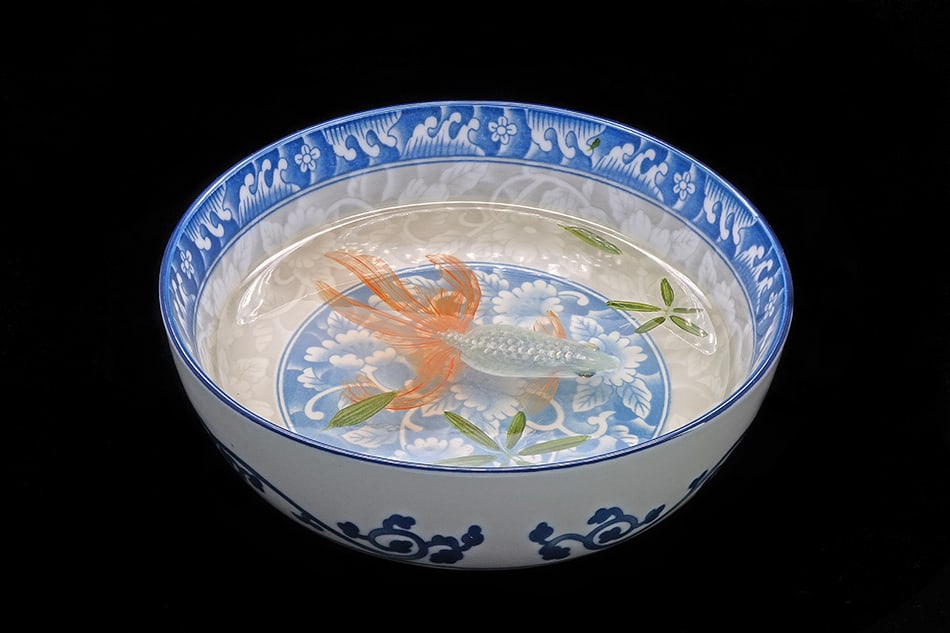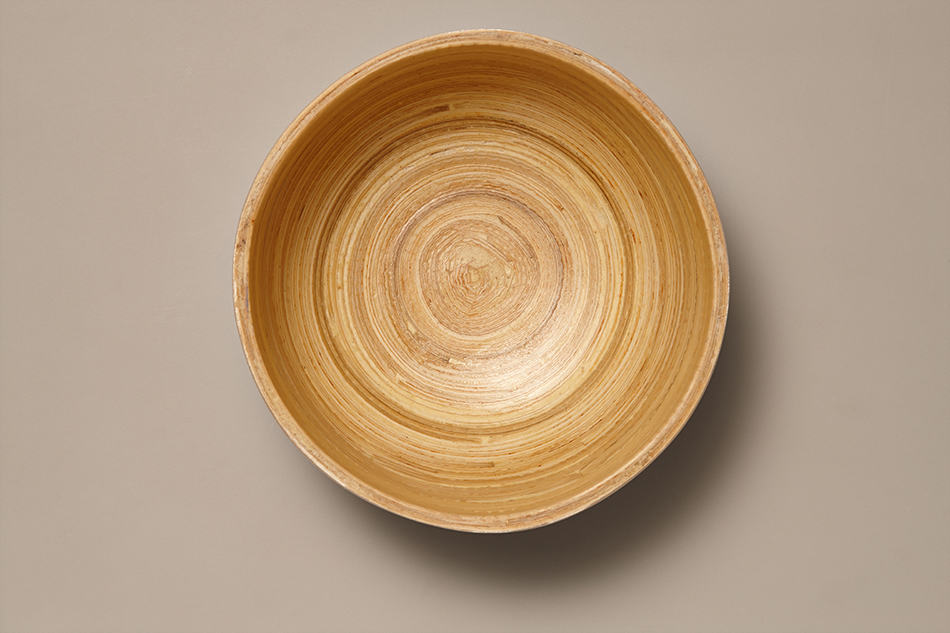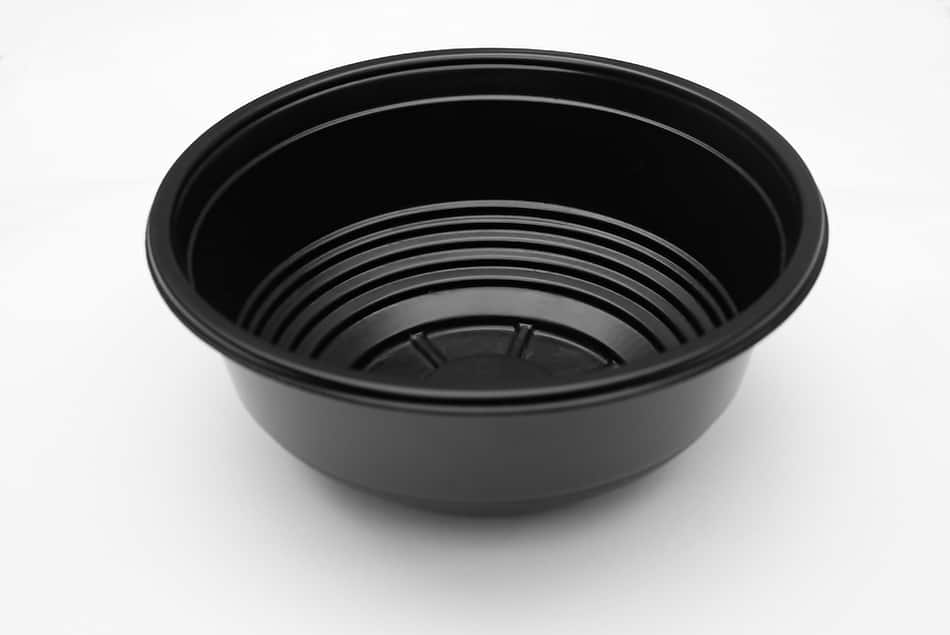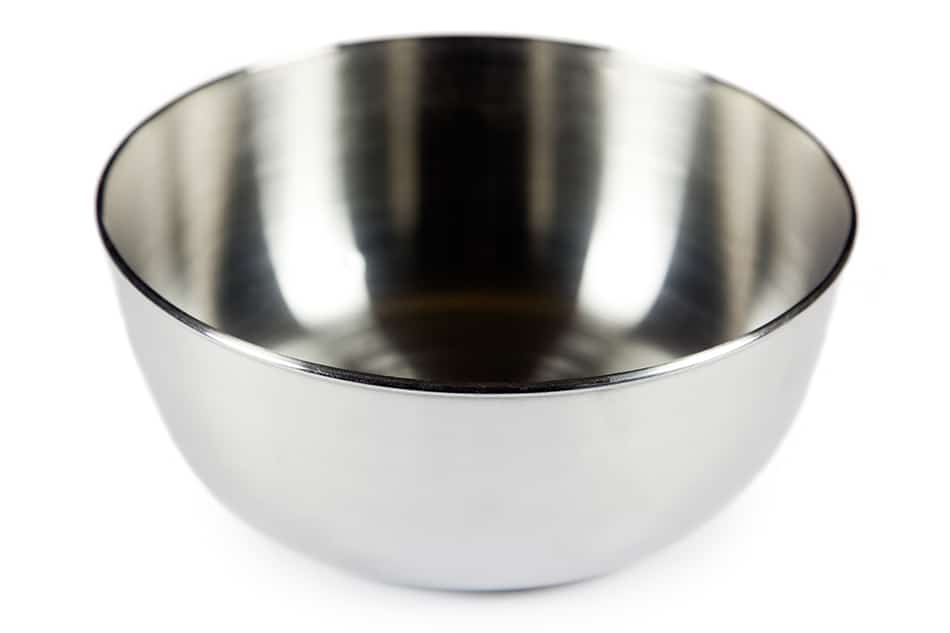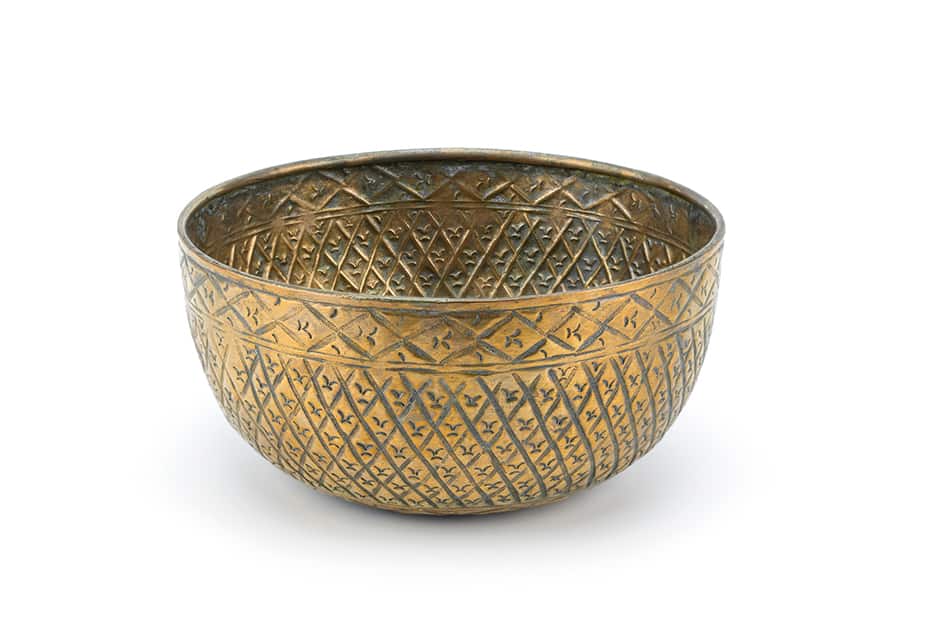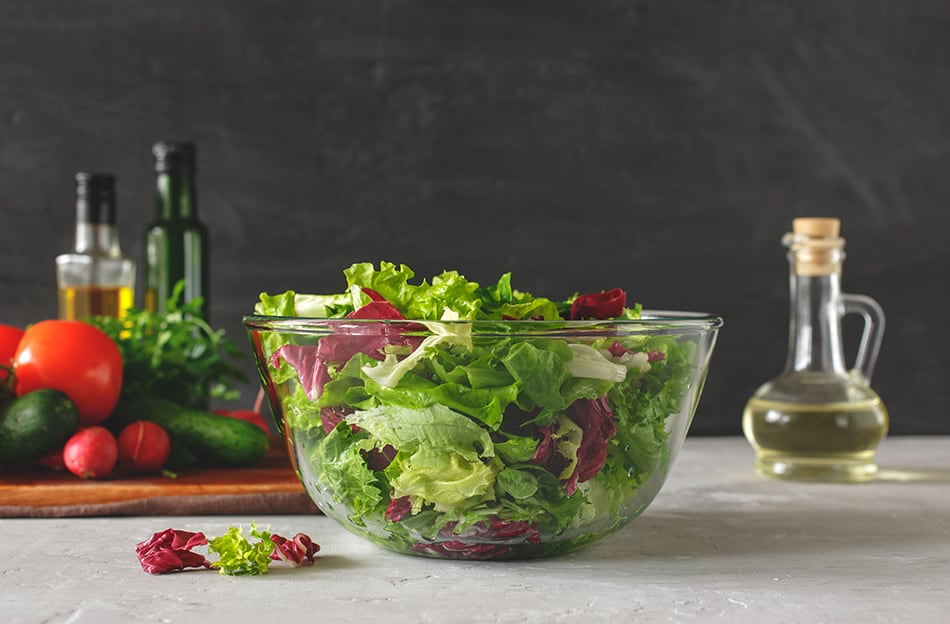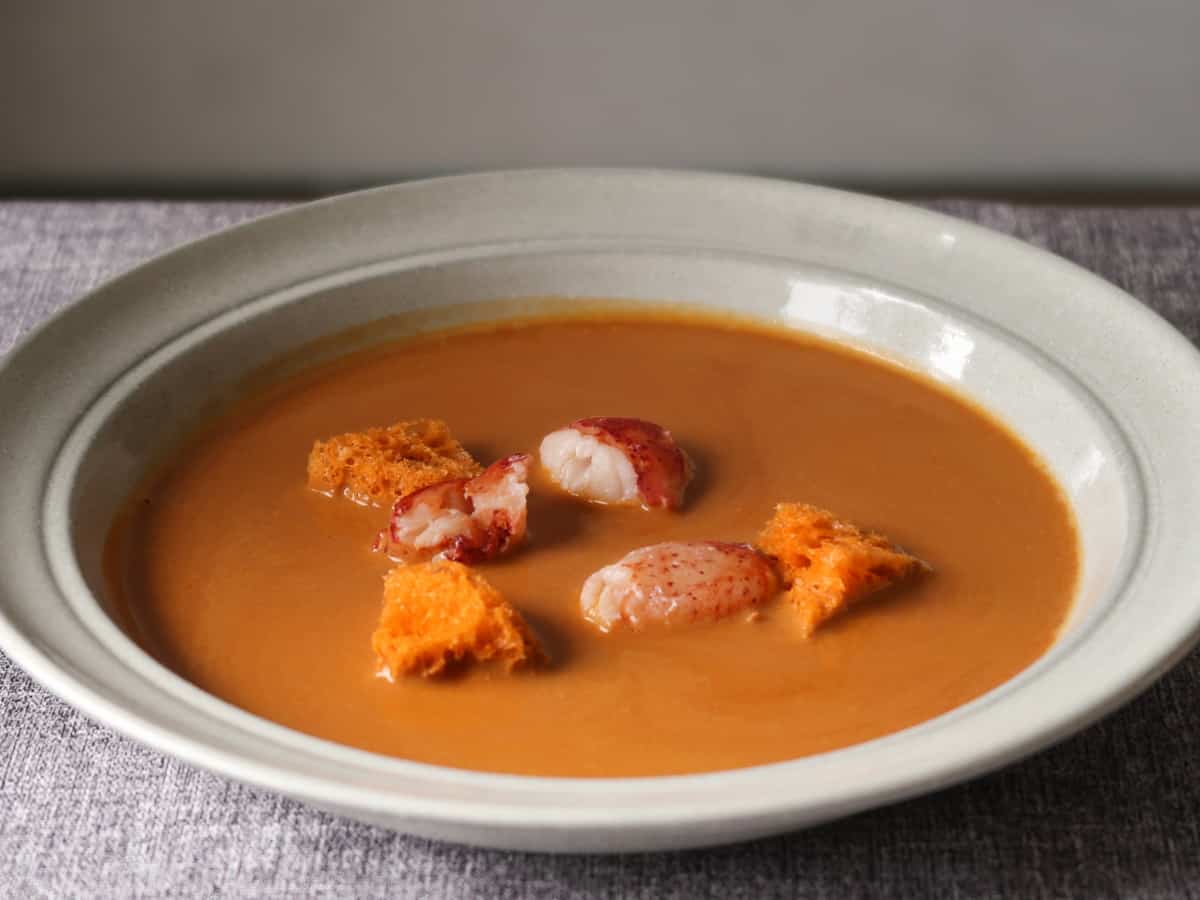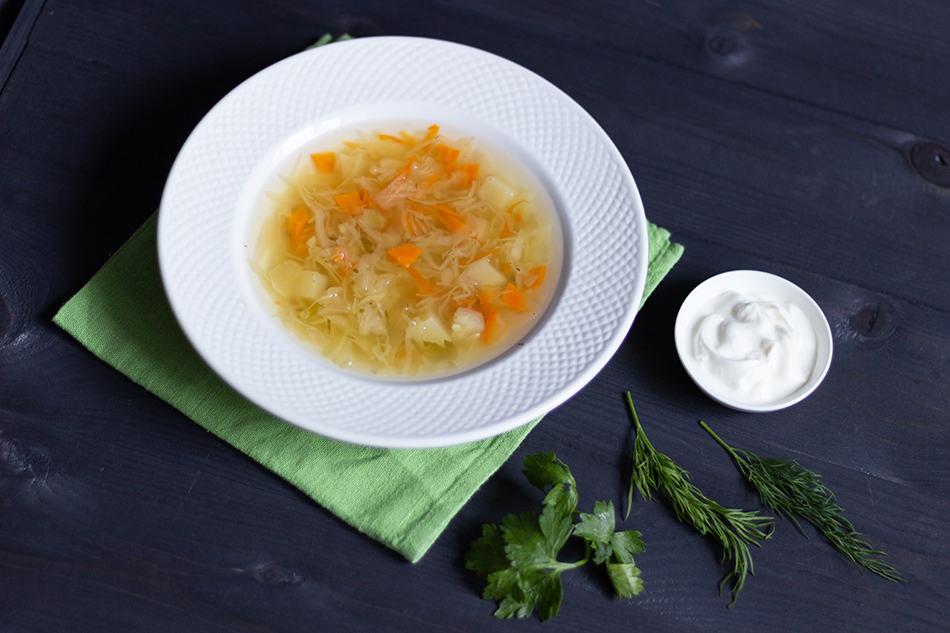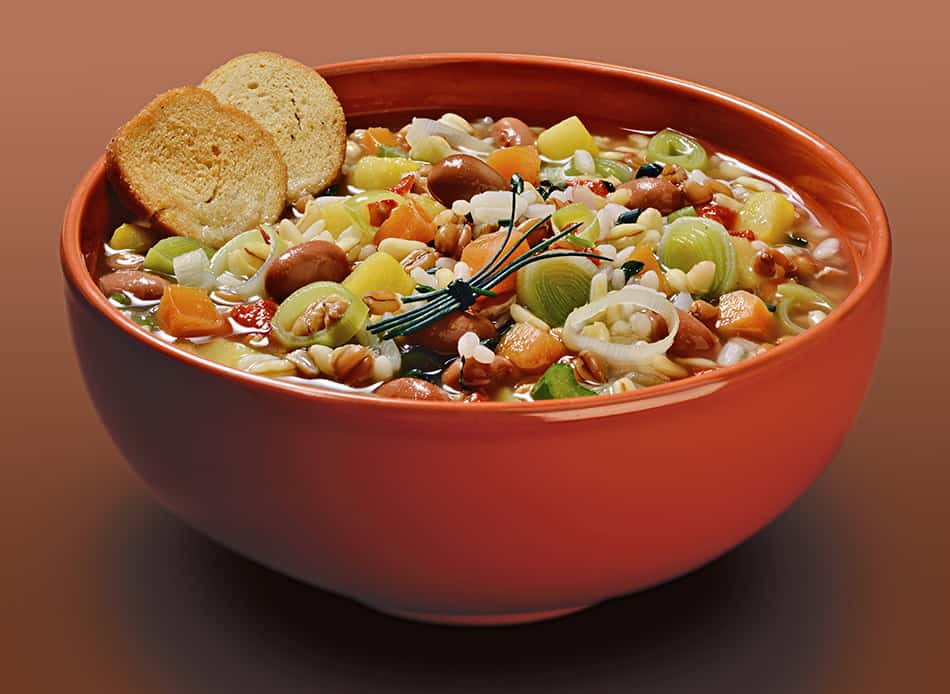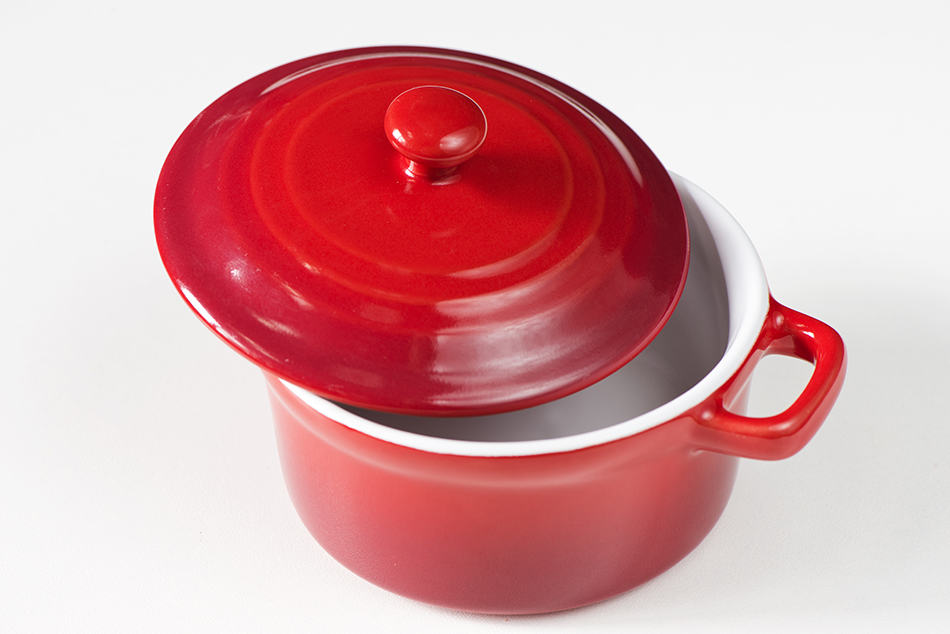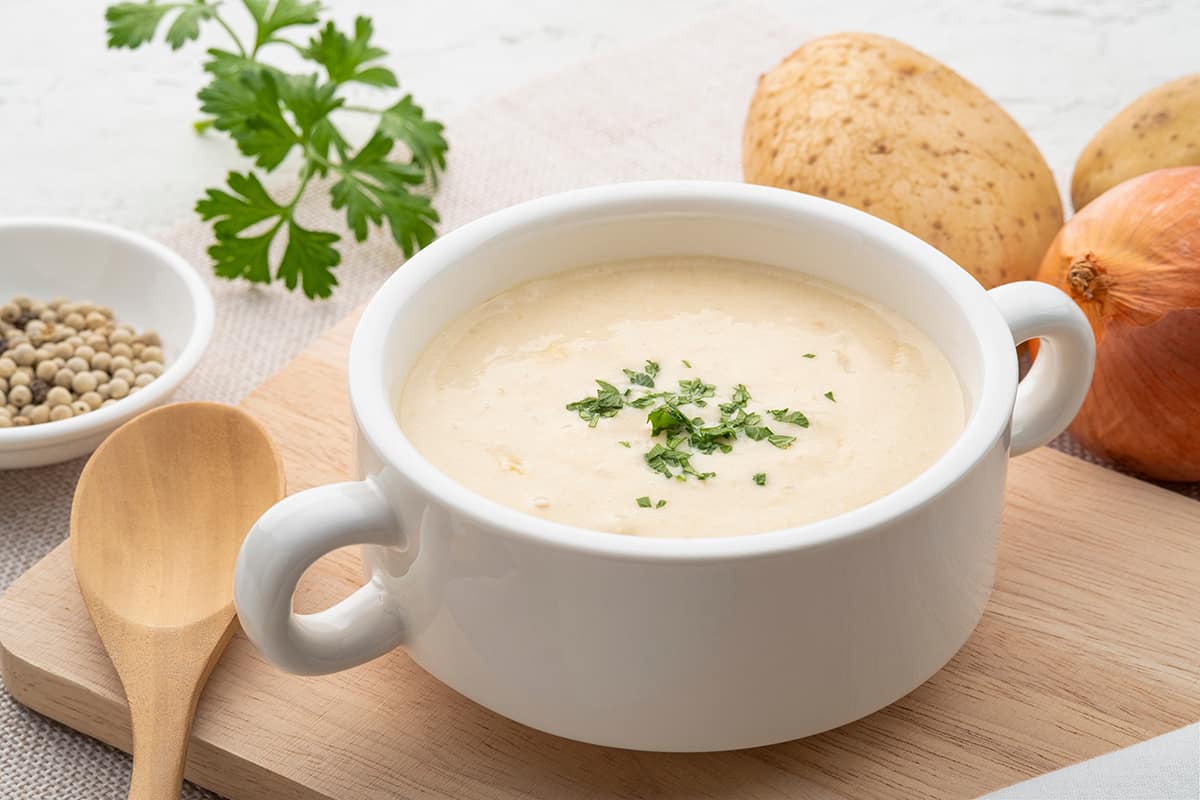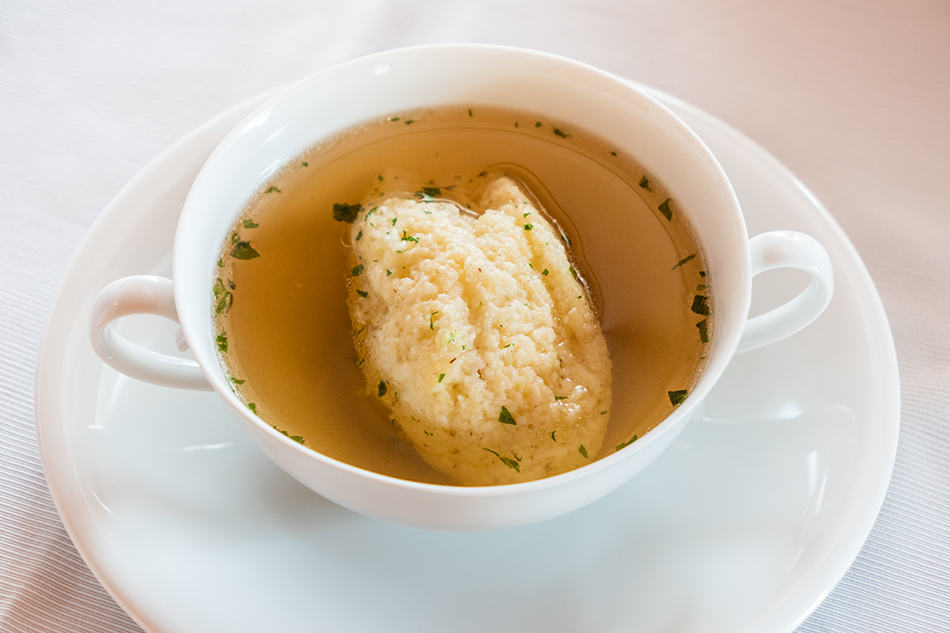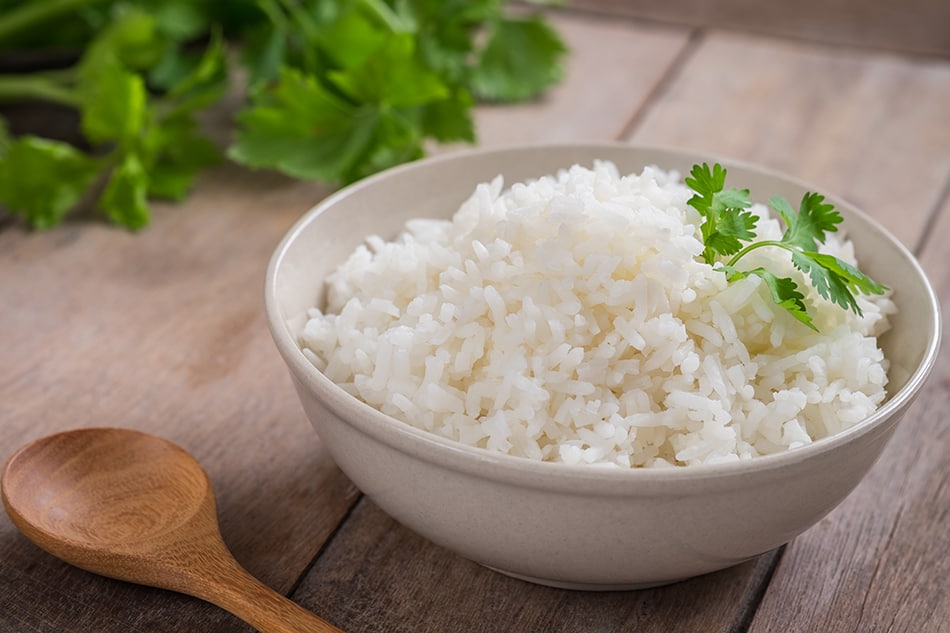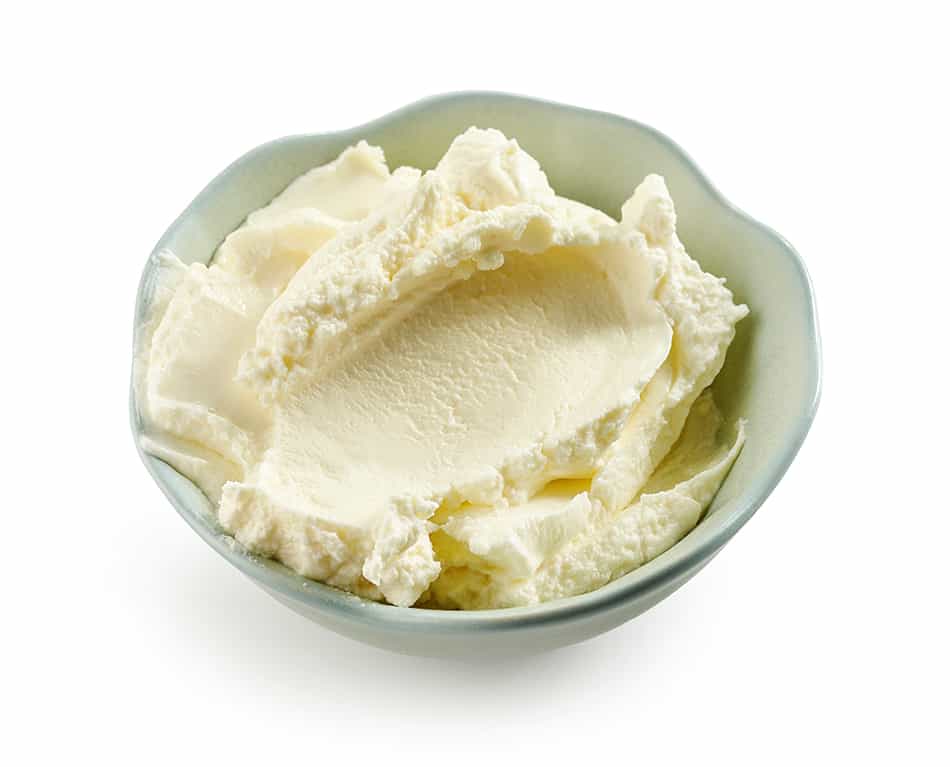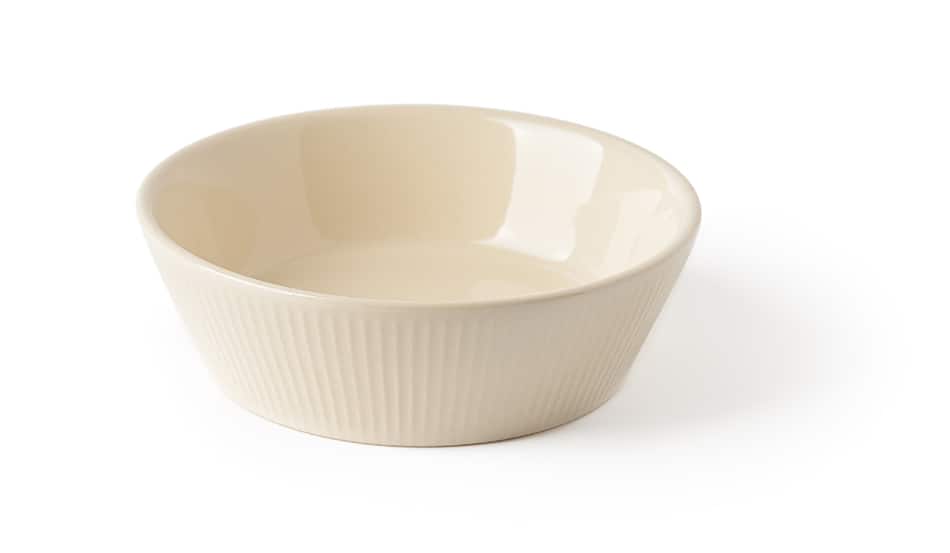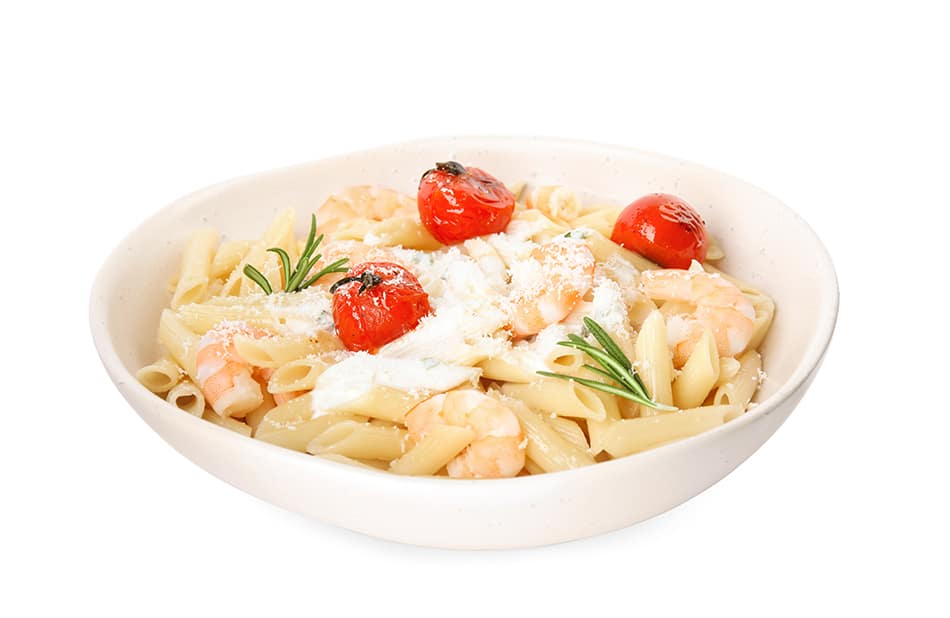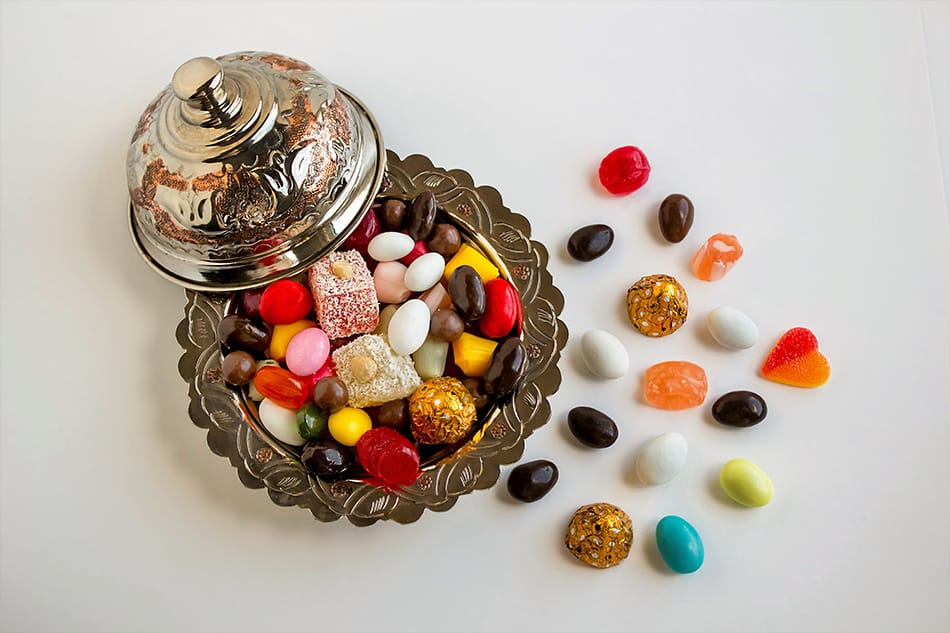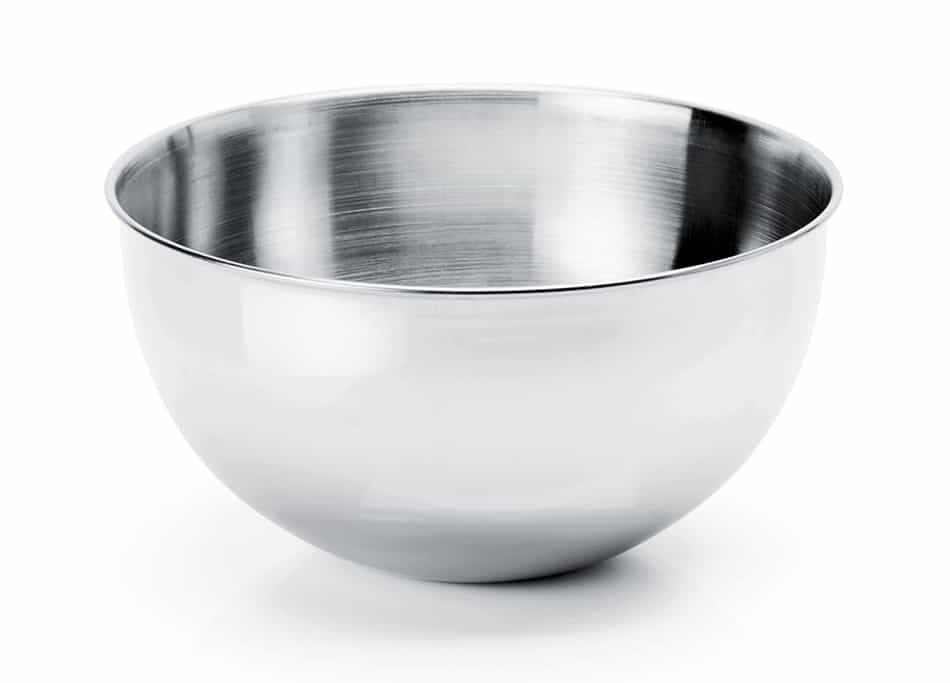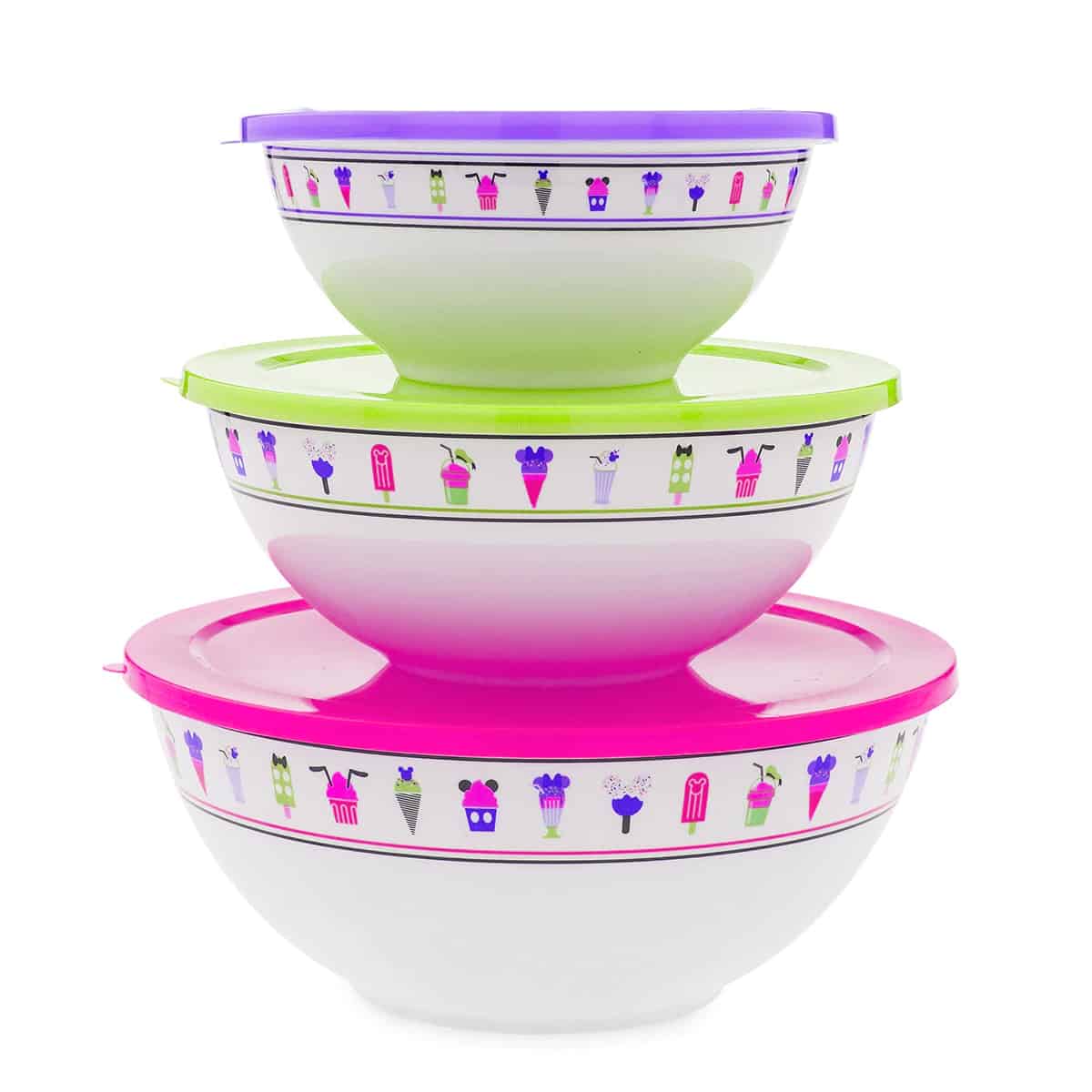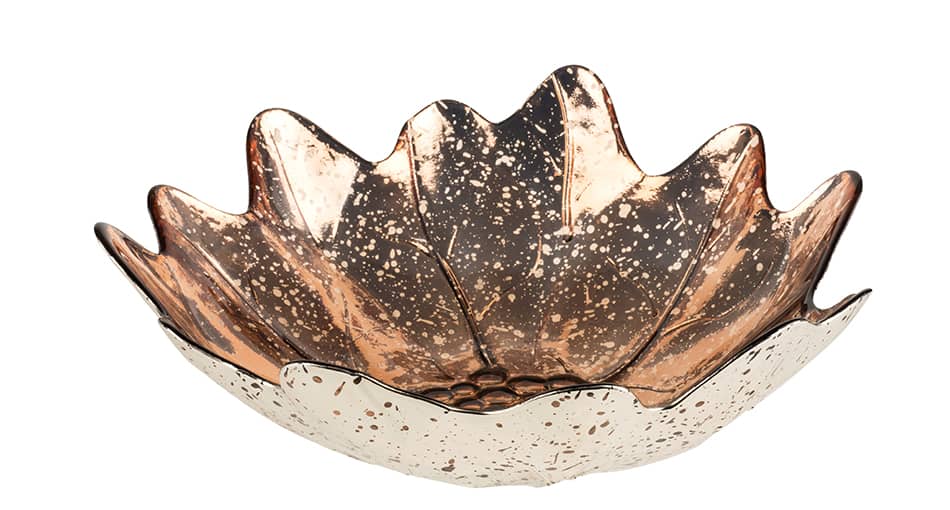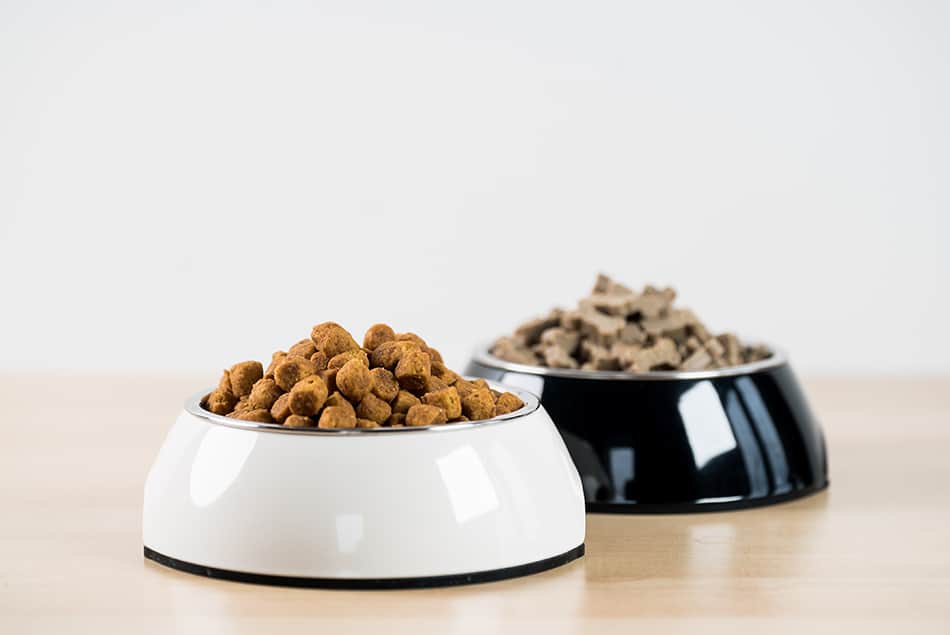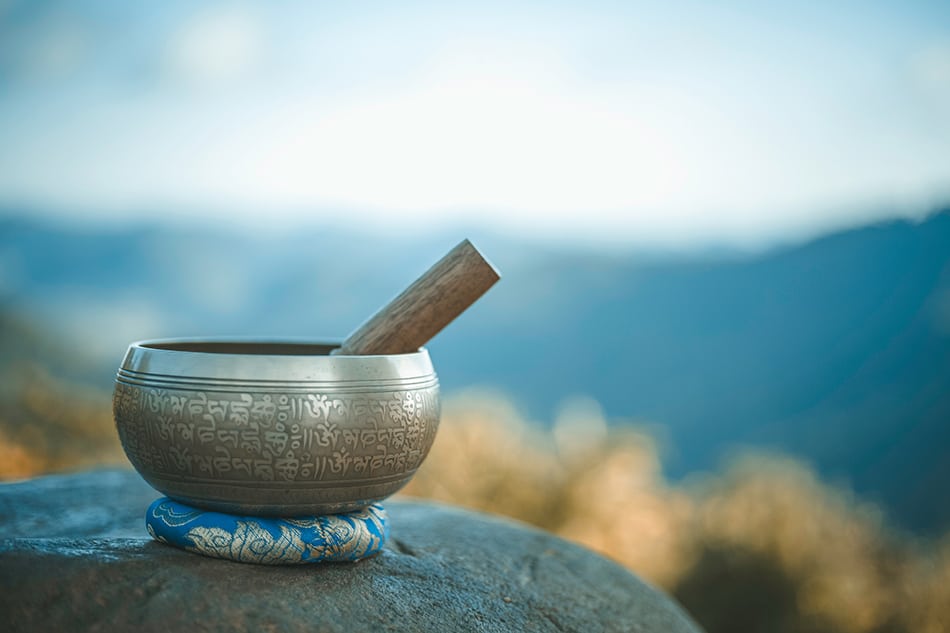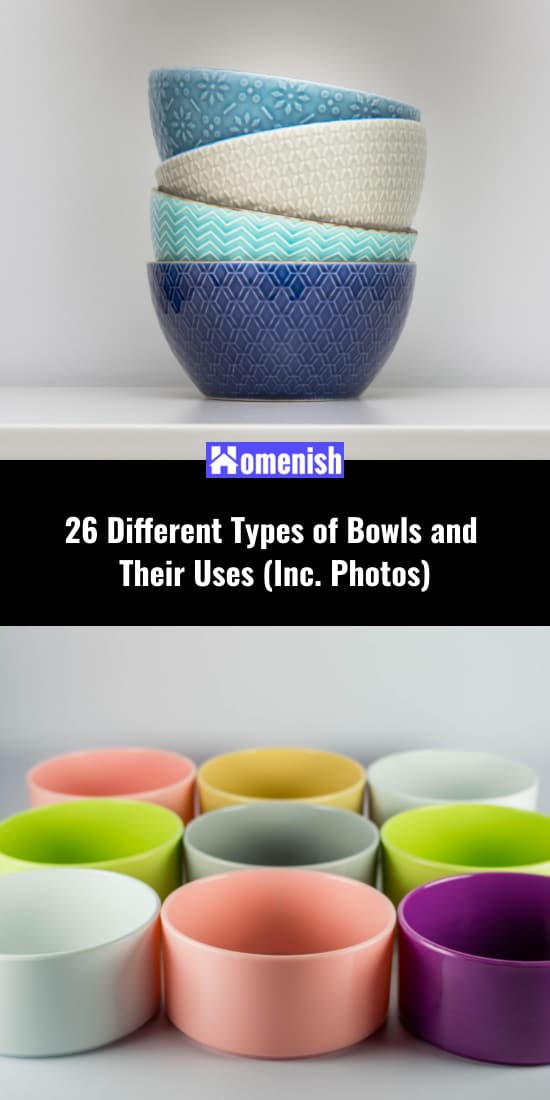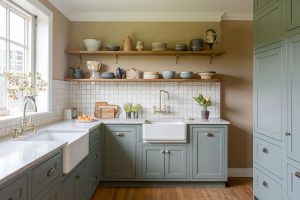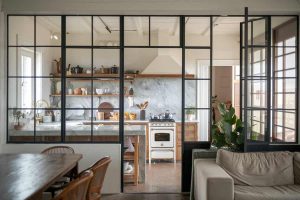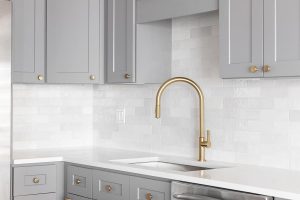Bowls are one of the most important kitchen tools. They are versatile tools, and they serve many purposes in handling, preparing, and serving food. They are definitely a must-have in every kitchen!
The type of task you are carrying out is going to determine the type of bowl you need, although some bowls are multi-functional and can be used for a variety of different purposes. Here, we look at the many different types of bowls according to their material and their usage.
Bowls and the Materials They Are Made From
Bowls can be made of different materials like stainless steel, ceramic, wood, and plastic. Usually, the interior of a bowl is shaped like the tip of a sphere, with a seamless curved bottom. This makes it suitable for holding liquid and loose food.
Bowls can also vary in size and shape. Bigger bowls are often used to hold large portions of food or for the preparation of large batches of food, for example, if you are making a pasta salad for your whole family.
Let’s explore different types of bowls according to what they are made of.
Ceramic Bowls
Ceramic bowls have multiple uses. They are available in many different designs, themes, textures, patterns, and colors. They are usually imported from different places in the world. Some of the countries that are famous for making ceramic bowls are Mexico, Spain, Italy, and Morocco.
Ceramic bowls could also be used to decorate the interior of your house. Many of these bowls have vivid colors and stunning designs that can add vibrance to your living room or dining space. You can also place ceramic bowls on your center table or dining table to enhance its beauty.
Glass Bowls
Glass bowls are one of the most common types of bowls that you can find in households. These are suitable for many purposes. A glass bowl is perfect for serving cereal, salad, soup, noodles, and many other tasty foods. Glass bowls also make great mixing bowls for the preparation of dough and batters in baking.
Glass bowls are easy to wash and clean. Most modern glass bowls are also microwave and dishwasher-safe. One disadvantage of glass bowls is that they can be fragile, so they should be handled with care.
It is best not to use glass bowls with young children in case they accidentally knock them off the table, causing the bowl to shatter. Despite their fragility, glass bowls are inexpensive and widely available.
Fine China Bowls
Fine china bowls are made from kaolin (China clay), which is a type of white clay. This material is also used to make porcelain.
Fine china bowls are absolutely fragile, so they should be handled with the best care. Although they can be prone to breaking, many people still opt to buy these bowls because they are simply stunning! Unlike glass bowls, fine china bowls are not microwave- or dishwasher-safe. They should be carefully cleaned and washed by hand.
For most people, fine china bowls are rather used for display rather than for serving regular dishes. These precious utensils are often only used during special events and occasions in the family.
Bone China Bowls
Bone china bowls are actually thinner than fine china, but interestingly, they are actually a bit more sturdy and durable. This is because it is partly made up of real animal bones that had been turned into ash to make a paste-like mixture. Although it is stronger than fine china, it is still fragile and needs a lot of extra care.
Bone china is also known as “ware with translucent body” because of its high level of whiteness and translucency.
Stoneware Bowls
Stoneware bowls are made from a type of clay that is fired at around 1,200 degrees Celsius. This makes the material denser and more durable. The finished product is waterproof and does not have to be glazed.
Stoneware bowls can look rugged, and they are perfect for everyday use. These bowls often come with fun and colorful designs, which make them pretty attractive. Artisans are able to do intricate and exquisite designs on stoneware bowls because these are easy to work with.
Stoneware bowls are dishwasher and microwave-safe. As a result, these types of bowls are sturdy and work well for a range of everyday uses. You could use stoneware bowls for serving cereal, as decorative bowls for holding shells, or for mixing cookie dough in.
Earthenware Bowls
Earthenware bowls are made from clay, which is fired at lower temperatures of between 1,000 and 1,150 degrees Celsius. This makes earthenware bowls hard but brittle. They also contain small porous holes through which air or liquid can seep.
Because of this, these bowls are not ideal for storing liquids, although this can be resolved if they are treated with glaze. Glazing the bowls makes them waterproof and suitable for a wider variety of uses. These types of bowls can be decorated in different colors, but they are most often left in their natural state because the rustic look is part of their appeal.
Melamine Bowls
Melamine bowls are usually among the most inexpensive types of bowls. These bowls are made from melamine, a substance that can be combined with formaldehyde to make melamine resin. This can then be molded to make tableware when heated.
Melamine bowls are hard plastic dishes that are very sturdy and durable. They can also come in different colors, shapes, and designs. Their texture is distinctively smooth and waterproof.
Since melamine is a type of plastic, these bowls are not safe to put in a microwave. However, it is safe to be used for serving hot food as long as the bowl itself is not heated.
Porcelain Bowls
Porcelain is traditionally made from a mix of kaolin (china clay) and petunse (pottery stone). Porcelain bowls are made from a type of refined clay, which is fired at extremely high temperatures ranging between 1,200 to 1,450 degrees Celsius.
This results in a very hard and shiny material, which is often translucent and white in appearance. These types of bowls are considered to be elegant, and as such, they are often used in high-end restaurants or for special family meals.
Bamboo Bowls
Bamboo bowls have become increasingly popular in recent years, especially among people who are environmentally conscious. Bamboo is a type of grass that grows exponentially quickly and is, therefore, a renewable source.
Bamboo bowls are reusable and can last up to two years. These bowls are not microwave and dishwasher-safe and should only be washed by hand.
These lightweight bowls are resistant to breakages, and since they contain no harmful substances, such as BPA, which can be found in plastic, they are particularly well suited for children to use as a better alternative to plastic bowls.
Bamboo bowls are perfect for serving salads and appetizers. They are visually appealing and available in a wide variety of designs and colors, making them a perfect addition to your tableware. These bowls are also biodegradable and eco-friendly. No chemicals are involved in the production of these sustainable bowls, making them a safe option to use and more environmentally friendly.
Plastic Bowls
Plastic bowls are widely available in lots of stores and are also widely used in many kitchens. Most people choose to buy plastic bowls because they are generally the least expensive, so they are cheap to replace if they get damaged.
Most plastic bowls are not safe to put inside the microwave as they typically would not be able to handle too much heat. There is also a danger of certain chemicals mixing in your food when heating food in plastic containers.
Nevertheless, plastic bowls still serve a lot of purposes and are relatively durable. They are good for storing food, serving cold food such as cereal or salad, and mixing and preparing food. Since they won’t shatter when dropped, they are a popular choice among parents with toddlers.
Metal Bowls
Metal bowls are relatively common, often used as mixing bowls or for decorative purposes. They can also be used for baking, storing, and serving food. It is important to bear in mind that metal bowls are not suitable for use in the microwave as this can cause serious burns.
Silicone Bowls
Silicone bowls are great in terms of practicality because they are super easy to clean, non-stick, and microwave-safe. They are made of silicone, which is a material formed by combining synthetic plastic polymer and synthetic rubber.
Many experts consider silicone safe for use in food storage and other food-related uses.
This material does not react with food or drinks nor produces any harmful fumes, making them a good choice for those concerned about the negative health impacts associated with plastic. Silicone bowls are easy to store because of their collapsible nature, so they also offer good space-saving qualities.
Copper Bowls
Copper bowls have been used by people for generations, and we are seeing an increase in the use of copper bowls once again as this material comes back into fashion. Copper bowls are usually used for mixing since they have the ability to stabilize egg whites.
The egg whites react with copper ions to stabilize them, making them firm up more easily and quickly. The main drawback of copper bowls is that they are quite expensive to buy. However, they are an investment that will last for a long time.
Bowls and Their Uses
Bowls can also be classified according to their style and use. Here are various types of bowls according to their purpose and how they are used.
Salad Bowls
Salad bowls are, of course, used to mix salad ingredients. They can be made from different materials, but commonly, they are made of glass or metal.
To save on washing up, you can use your salad bowl to serve the salad in, simply placing it in the center of the dining table with some salad spoons and allowing people to distribute the salad themselves onto their own plates. You could also use the salad bowl purely for mixing the salad and serving it on a salad platter.
Soup Bowls
Soup bowls can be available with or without a handle. There are seven different types of soup bowls:
Coupe soup bowl
These soup bowls are shaped like a saucer. They measure approximately 6 to 9 inches across and are typically used for informal dining.
Soup plate
These soup bowls are wide and shallow. It also has a flanged rim that measures about 1 to 2 inches wide. The diameter measures around 9 to 10 inches wide, and the depth is up to 1 and a half inches deep. These bowls are used for formal dining.
Soup-cereal bowl
This type of bowl is used when serving food eaten with a fork, such as pasta or salad. This is also called an oatmeal bowl. It is slightly narrower and deeper in comparison to the coupe soup bowl and the soup plate. It can come with or without a rim.
Covered soup bowl
This type of bowl keeps the soup warm. In formal dining, guests are required to remove the lid and rest the cover with the rim side down. Then, the lid has to be put back on before the table is tidied. Typically, it measures 4 to 6 inches across, with a depth of about 2 to 3.5 inches.
Lug soup bowl
This bowl is used to serve French onion soup, which was put under the broiler to melt the cheese. That is why this bowl is also called an onion soup bowl. It typically measures 4.5 to 5.5 inches in diameter and 2.5 inches deep.
Cream soup bowl
This bowl is used to serve the first course of soup in meals with a light menu. Usually, its diameter measures between 4 and 5 inches.
Bouillon cup and saucer
This type of bowl measures about 3.5 inches in diameter and usually comes with a saucer. It is used to serve bouillon, which is sipped entirely from the cup directly or using a spoon.
Rice Bowls
As its name implies, rice bowls are used to serve rice. This type of bowl is common all over the world, although there are some countries that use rice bowls more frequently.
Sometimes, these bowls are sold together with a pair of chopsticks because this is how some countries traditionally eat their rice from their rice bowls.
Finger Bowls
Finger bowls are used to hold water, which is used to rinse just the fingertips when dining. Typically, finger bowls are brought to the dining table when the dessert course is served. It is served with a linen doily between the bowl and the plate.
To prevent water from overflowing and splashing from the bowl, the rinsing is done one hand at a time and wiped with a napkin. These bowls measure around 4 inches in diameter and 2.5 inches in height. Often, the water in a finger bowl might contain a slice of lemon to give the water a fresh scent.
Dip Bowls
As the name suggests, these bowls are used for dipping. Most people enjoy eating their chips with some flavorful dips, and dip bowls can be quite handy for this. These bowls are conveniently made with a curved design for this purpose.
Ramekin
A ramekin is a type of bowl that can be used to serve baked dishes such as meat or cheese. The term ‘ramekin’ was derived from the Dutch word ramekin, which means ‘to toast’ or ‘roasted minced meat”.
Traditionally, ramekins have a circular exterior. However, modern designs feature new shapes like stars, flowers, and hearts. Ramekins are designed to resist extremely high temperatures, such as in ovens and even in direct flame.
Pasta Bowls
Pasta bowls have a very distinct shape, so it is very easy to differentiate them from the rest of your kitchen equipment. Traditionally, they are shaped to be wide and shallow to hold the right amount of pasta and sauce. Because of their shape, pasta bowls can be perfect for serving other dishes, too, like curries, stir-fries, and stews.
Candy Bowls
Candy Bowls are perfect to put on coffee tables for guests to enjoy. These bowls are perfect for storing not only sweet treats but also other small nibbles and snacks such as chips and popcorn. A candy bowl on the coffee table can add an aesthetic feel to your interior.
Candy bowls can also be used to store other small, non-edible items like rubber bands, hair clips, paintbrushes, pens, and many others. They can also serve as attractive centerpieces.
Mixing Bowls
Mixing bowls are designed to be used for mixing food, such as batters, sauces, and doughs, but they can have a variety of functions. These can be used for mixing dry ingredients, working doughs, mixing salads, and even for storage. You might need different sizes of mixing bowls in your kitchen to serve different purposes.
Mixing bowls can be made from different materials. Stainless steel mixing bowls are easy to clean, durable, and lightweight, and these are sought-after features among many chefs. However, some bakers will prefer heavier mixing bowls, such as those made from earthenware, as these are heavy and, therefore, are less likely to slide across the kitchen countertop when being used.
Some mixing bowls come with additional features to make the cooking and baking experience even more convenient. There are mixing bowls that have a rubberized base to avoid slipping, while some have grater lids so that you can grate food directly into the mixing bowl.
Storage Bowls
Storage bowls are specifically made to store food inside the refrigerator. There are several designs, shapes, and sizes available to suit the varying needs of different users. The most important thing to note when choosing a good storage bowl is if it has a lid that seals well.
This will keep the food inside protected to last for longer. Most storage bowls are made from glass or plastic. The glass storage bowls are considered to be superior because the flavor of the food won’t penetrate into them during storage as it can with plastic.
However, plastic storage bowls tend to be more popular because they are more affordable. Glass bowls tend to be more versatile than plastic. Glass storage bowls can be used in the microwave or oven, while plastic cannot. However, glass is heavier and more fragile. When buying plastic storage bowls, look for the BPA-free kind to avoid any hazardous chemicals from mixing in your food.
Decorative Bowls
Decorative bowls create a finishing touch to any living area, kitchen, or dining room. These bowls can be crafted from different materials, such as wood, porcelain, crystal, glass, and stone. Decorative bowls also come in different shapes, colors, and sizes.
Some bowls can have a very interesting and unique look that makes them perfect centerpieces for a table setting.
Pet Bowls
A pet bowl will be used by pet owners to serve food and drink to their animals. Typically, you will have two pet bowls for each of your pets: one for water and one for food. It is important to give pet bowls a good wash regularly as they can be contaminated with bacteria that may harm your pet.
Wash pet bowls frequently with soap and warm water, preferably after every meal. Types of pet bowls include cat bowls, dog bowls, guinea pig bowls, and rabbit bowls. These are commonly made from metal but can also be made from other materials.
Singing Bowls
Singing bowls, specifically Tibetan singing bowls, Manipuri bowls, Thadobati bowls, etc. are a type of bowl that is used mainly for meditation, healing, and chanting purposes. These are easily recognized for their slimness and are made from synthetic alloys such as copper, bronze, gold, silver, iron, tin, and lead.
